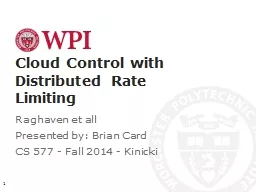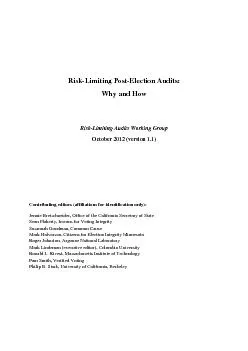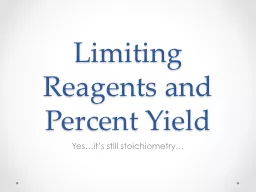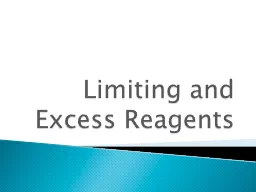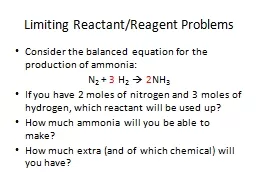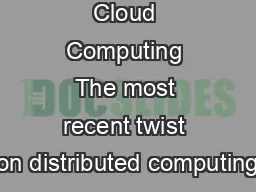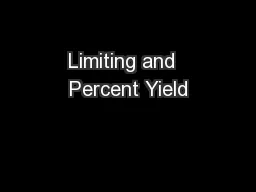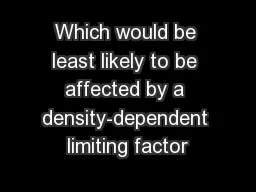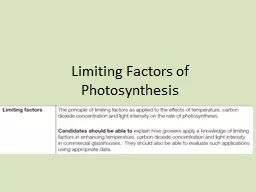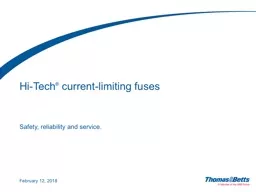PPT-Cloud Control with Distributed Rate Limiting
Author : natalia-silvester | Published Date : 2018-10-20
Raghaven et all Presented by Brian Card CS 577 Fall 2014 Kinicki 1 Motivation Distributed Rate Limiting Global Token Bucket Global Random Drop Flow Proportional
Presentation Embed Code
Download Presentation
Download Presentation The PPT/PDF document "Cloud Control with Distributed Rate Limi..." is the property of its rightful owner. Permission is granted to download and print the materials on this website for personal, non-commercial use only, and to display it on your personal computer provided you do not modify the materials and that you retain all copyright notices contained in the materials. By downloading content from our website, you accept the terms of this agreement.
Cloud Control with Distributed Rate Limiting: Transcript
Download Rules Of Document
"Cloud Control with Distributed Rate Limiting"The content belongs to its owner. You may download and print it for personal use, without modification, and keep all copyright notices. By downloading, you agree to these terms.
Related Documents

